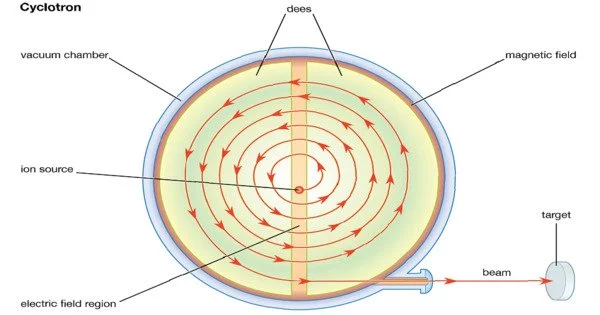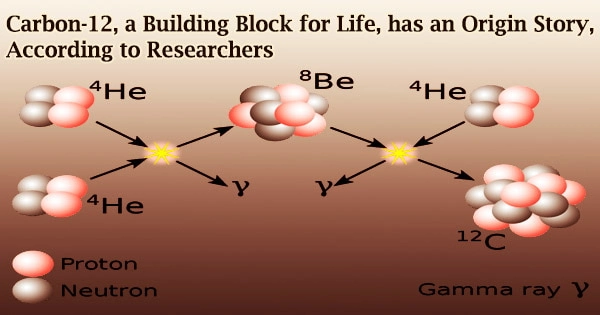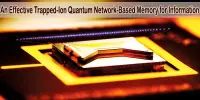One of two mechanisms that cause the power spectrum of synchrotron radiation to drop at very low frequencies is cyclotron turnover. Synchrotron self-absorption is the other. While synchrotron self-absorption is determined by detailed balancing, cyclotron turnover happens when synchrotron radiation assumptions are violated.
When a charged particle moves in a magnetic field, its orbit is a helix with two independent components: uniform velocity parallel to the helix’s axis and rotation about the axis.
Synchrotron radiation necessitates ultra-relativistic velocities, but if the velocity parallel to the axis is relativistic but the rotation is not, the spectrum is simply that of Doppler-shifted cyclotron radiation, and this behavior is known as cyclotron turnover. In real systems, these two occurrences would compete, and only the one that manifests at higher frequencies would be observed. The cyclotron turnover has an unusual property in that it allows emission at frequencies lower than the cyclotron frequency if the particle is traveling away from the observer.
Cutoff Frequency: The power spectrum of synchrotron radiation decreases at very low frequencies because of the presence of a cutoff frequency. This is due to the fact that the electrons emitting synchrotron radiation have a minimum energy and a corresponding minimum frequency below which they cannot emit radiation. This cutoff frequency is determined by the Lorentz factor and magnetic field strength in the synchrotron source.
Self-Absorption Turnover: The self-absorption turnover is another process that occurs in the setting of synchrotron radiation. Synchrotron radiation can be absorbed at low frequencies by the same plasma or material that emits it. This absorption rises with frequency and can cause the power spectrum to narrow at certain frequencies.
The cyclotron frequency, on the other hand, is linked with charged particles moving in a magnetic field and is not usually associated with a reduction in the power spectrum of synchrotron radiation at low frequencies.















